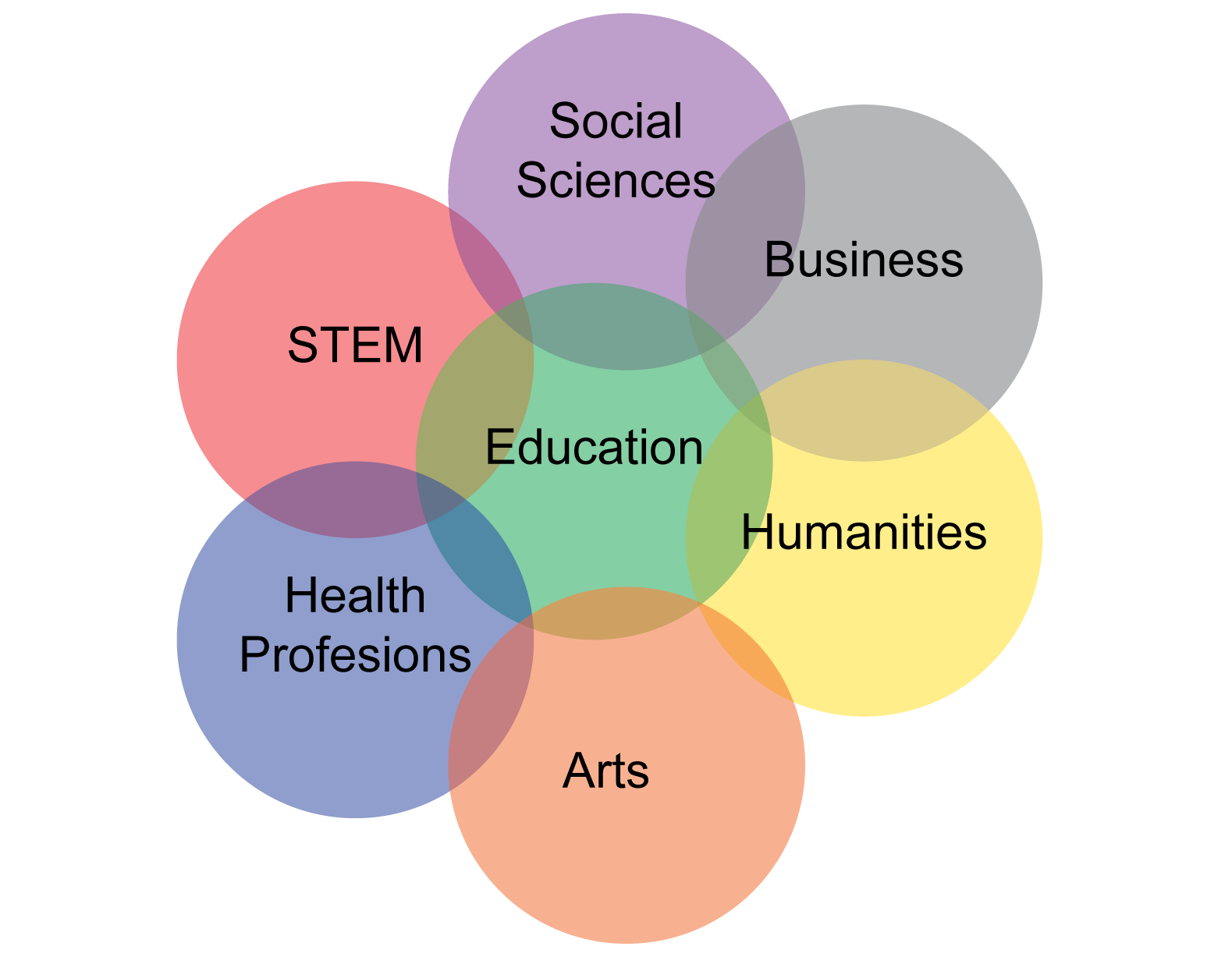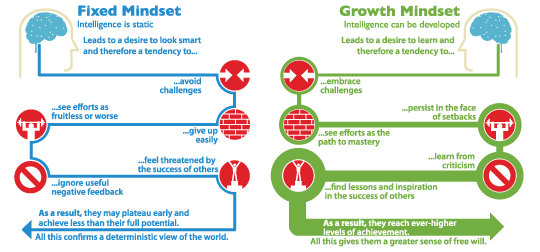What is a Momentum Year?
Momentum Year Overview (print version)
Momentum Year is a suite of strategies designed to help University System of Georgia students in their crucial first year of college. We work with students to guide them on a path to achieve their educational goals, including successful degree completion and on-time graduation.
We know that:
- Predictive analytics and proactive advising help keep struggling students on track toward graduation, saving students money in the long term.
- Changes in remedial education that include intensive tutoring in conjunction with courses being taken for credit have led to big jumps in student success rates.
- First-year students who take at least three courses connected to what they think they want to study are 40 percent more likely to graduate than students who do not.
- Taking 15 hours a semester improves student success as well as shortening the time to graduation.
Evidence-based research confirms that college students are most successful when they:
- start out their college careers by making a purposeful choice in a focus area or program,
- enter with a productive academic mindset,
- follow clearly sequenced program maps that include:
- core English and math
- nine credits in the student’s academic focus area
- and 30 credits in their first year.
Put together, these three elements create a Momentum Year for students—a starting point that helps students find their path, get on that path and build velocity in the direction of their goals.
There is considerable logic in this. By helping students make a purposeful choice about what they wish to study, institutions help narrow the thousands of course options to a manageable level and align the work a student undertakes in college with their goals, interests and expectations. Such an approach does not preclude student exploration. Indeed, for many students, the process of discerning the program path will be one of exploration. And for students who are undecided, institutions can assist them in understanding how their interests, goals and dreams intersect with programs of study and future careers.
Academic Focus Areas
 Supporting this work are academic focus areas—sometimes referred to as meta-majors—that group programs together so that students groping with uncertainty can pursue coursework from the start that contributes to college completion and also provides exposure to potential majors, helping them refine their post-secondary path. Courses a student pursues in their first year in an academic focus area should count across all programs under the focus area umbrella and offer an informative exposure to the subject field. These courses should be broadly applicable across a wide range of majors within the area, helping students avoid unnecessary credits as they narrow their program choice.
Supporting this work are academic focus areas—sometimes referred to as meta-majors—that group programs together so that students groping with uncertainty can pursue coursework from the start that contributes to college completion and also provides exposure to potential majors, helping them refine their post-secondary path. Courses a student pursues in their first year in an academic focus area should count across all programs under the focus area umbrella and offer an informative exposure to the subject field. These courses should be broadly applicable across a wide range of majors within the area, helping students avoid unnecessary credits as they narrow their program choice.
Program maps help structure the choices students must make to reach their academic and personal goals in college, graduating on time and without wasted credits. These maps sequence courses for students by semester, eliminate uncertainty about what courses students should take and when, identify prerequisite and corequisite courses, and highlight key academic and non-academic milestones students should satisfy along the way.
In the first year, program maps should include:
- the completion of core English and the aligned mathematics course (including any required learning support courses),
- nine credit hours (three courses) in a student’s selected major or academic focus area,
- and at least 30 credit hours.
While the Momentum Year addresses the challenges of students making the transition to college, the benefits persist, with students accruing more credits across all student subgroups and preparation levels and demonstrating greater persistence to graduation.1
Taking a Fuller Schedule
Research using propensity score matching to assess the success of essentially identical students in the University System of Georgia distinguished only whether they took a first-term momentum course load (15+ credits) underscores the importance of increased credits in the first term and year. Students with this momentum course load in their first term are 6.2 percentage points more likely to graduate within six years compared to statistically similar students taking 12-14 credits in their first term. If these students maintain this course load for the first full year (attempting 30 or more credits), they are 12 percentage points more likely to graduate within six years compared to those who attempt 24-29 credits. Likewise, first-term momentum students earn 7.5 more credit hours on average than non-momentum students, while first-year momentum students earn 15 more credit hours on average.
Students who attempted a 15+ credit course load in both the fall and spring terms earned 95 percent of their attempted hours in the first term, earned an average of 97.3 credit hours in six years, and had a six-year graduation rate of 68.0 percent. However, it seems to be more important for students to end the first year with momentum rather than simply begin the year with momentum. Students who took 12-14 hours in the fall and at least 15 in the spring (increasing momentum) earned 96 percent of the hours attempted in their first term, earned on average 91.9 credit hours within six years, and 63.7 percent students graduated in six years. Students with a 15+ credit course load in the fall but a 12-14 credit course load in the spring (decreasing momentum) earned only 88 percent of their first-term attempted hours, earned an average of 84.4 hours in six years, and 55.4 percent graduated in six years.
|
Credits attempted |
Additional Credits Earned after 6 Years* |
Increased Likelihood of Graduation in 6 years |
|
15+ credits in first term |
7.5 |
6.2 |
|
30+ credits in the first year |
15 |
12.0 |
*compared to students attempting 12-14 credits in their first term and 24-29 credits in their first year.
Outcomes by First Term and First Year Course Load
|
|
Non-Momentum | Momentum at some point in year 1 | Full Momentum | |
|
|
12-14 Credits fall; |
Decreasing Momentum: |
Increasing Momentum |
15+ credits fall; |
|
Average Hours attempted in term 1 |
12.8 |
15.4 |
13.2 |
17.3 |
|
Average Hours earned in term 1 |
11.4 |
13.0 |
12.7 |
16.1 |
|
% grad in 6 yrs |
50.0% |
50.6% |
66.4% |
67.9% |
|
Average Hours earned in term 18 (6 yrs) |
73.3 |
75.0 |
93.1 |
95.1 |
Note: Only students enrolled for a full first academic year are included (fall and spring, or fall, spring, and summer); includes data for all institutions.
These findings replicate and extend those of the Community College Research Center for Tennessee (Belfield, Jenkins, Lahr, 2016), in which university students who took at least 30 credits in their first year earned 27 additional credits and were 19 percentage points more likely to graduate than their peers who did not.
Academic Mindset
Finally, supporting students in college to reach their full potential demands promotion of a growth mindset around academics, supporting students’ resilience in the face of setbacks. A mounting body of evidence supports the benefits of small interventions that encourage students to view intelligence as malleable, helping them build resilience in the face of setbacks and avoid becoming demotivated and disengaged with their academic pursuits.2
Based Nigel Holmes illustration of research by Carol Dweck; brain created by Harryarts - Freepik.com
1 Clive Belfield, Davis Jenkins and Hana Lahr, Momentum: The Academic and Economic Value of a 15-Credit First Semester Course Load for College Students in Tennessee, Community College Research Center, Teachers College, Columbia University, New York, June 2016.↩
2 Yeager, D. S., & Dweck, C. S. (2012). Mindsets that promote resilience: When students believe that personal characteristics can be developed. Educational Psychologist, 47, 302–314.↩


